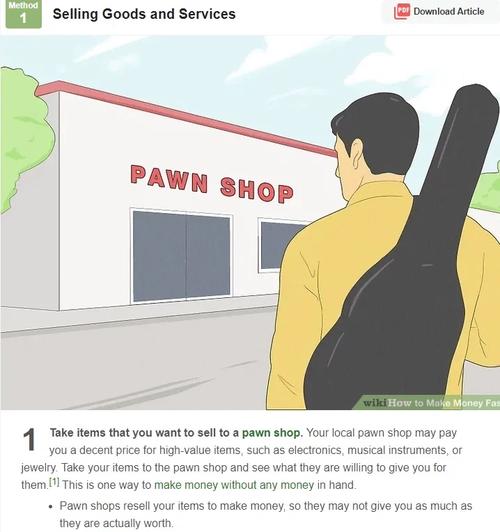
Understanding Affiliate Marketing
Are you looking to make money fast online? Affiliate marketing might just be the answer you’re seeking. It’s a performance-based marketing strategy where you earn a commission for promoting other people’s or companies’ products. The beauty of affiliate marketing is that you can start with minimal investment and grow your income over time.
Choosing the Right Niche
The first step in your affiliate marketing journey is to choose a niche. A niche is a specific area of interest within a broader market. It’s crucial to select a niche that you are passionate about and that has a large audience. Here are some popular niches:

| Niche | Target Audience |
|---|---|
| Health and Fitness | People interested in wellness, exercise, and nutrition |
| Travel | Travel enthusiasts, backpackers, and adventure seekers |
| Technology | Tech-savvy individuals, gadget lovers, and professionals |
| Finance and Investment | Investors, entrepreneurs, and those interested in personal finance |
Joining an Affiliate Program
Once you’ve chosen your niche, the next step is to join an affiliate program. There are numerous affiliate networks available, such as Amazon Associates, ClickBank, and ShareASale. These networks offer a wide range of products and services to promote.
When selecting an affiliate program, consider the following factors:
- Commissions: Look for programs with competitive commission rates.
- Payment Structure: Choose a program that offers payment methods that suit you, such as PayPal, bank transfer, or check.
- Product Quality: Promote products that you believe in and would use yourself.
Creating Content
Content is king in affiliate marketing. To attract and retain an audience, you need to create high-quality, engaging content. Here are some content ideas for your niche:
- Blog Posts: Write informative articles about your niche, including product reviews, tips, and guides.
- Video Content: Create video tutorials, reviews, and vlogs to showcase your niche.
- Social Media: Share your content on platforms like Instagram, Facebook, and Twitter to reach a wider audience.
Optimizing Your Content
Once you’ve created your content, it’s essential to optimize it for search engines. This process, known as SEO (Search Engine Optimization), helps your content rank higher in search results, attracting more organic traffic. Here are some SEO tips:

- Keyword Research: Identify relevant keywords and incorporate them into your content.
- Meta Tags: Use descriptive meta titles and descriptions to improve click-through rates.
- Mobile Optimization: Ensure your website is mobile-friendly, as a significant portion of users access content on their smartphones.
Tracking and Analyzing Performance
Tracking your affiliate marketing performance is crucial to understand what works and what doesn’t. Use tools like Google Analytics to monitor your website traffic, conversion rates, and revenue. Here are some key metrics to track:
- Click-Through Rate (CTR): The percentage of users who click on your affiliate links.
- Conversion Rate: The percentage of users who make a purchase after clicking on your link.
- Average Order Value (AOV): The average amount spent by customers who make a purchase through your affiliate link.
Building an Email List
An email list is a valuable asset in affiliate marketing. By collecting email addresses from your audience, you can send them personalized offers and content, increasing your chances of making sales. Here’s how to build an email list:
- Offer a Lead Magnet: Provide a free resource, such as an e-book or a discount code, in exchange for their email address.
- Use Pop-Ups and Landing Pages: Encourage visitors to subscribe to your email list with engaging pop-ups or dedicated landing pages.
- Engage with Your Audience: Regularly send valuable content to your